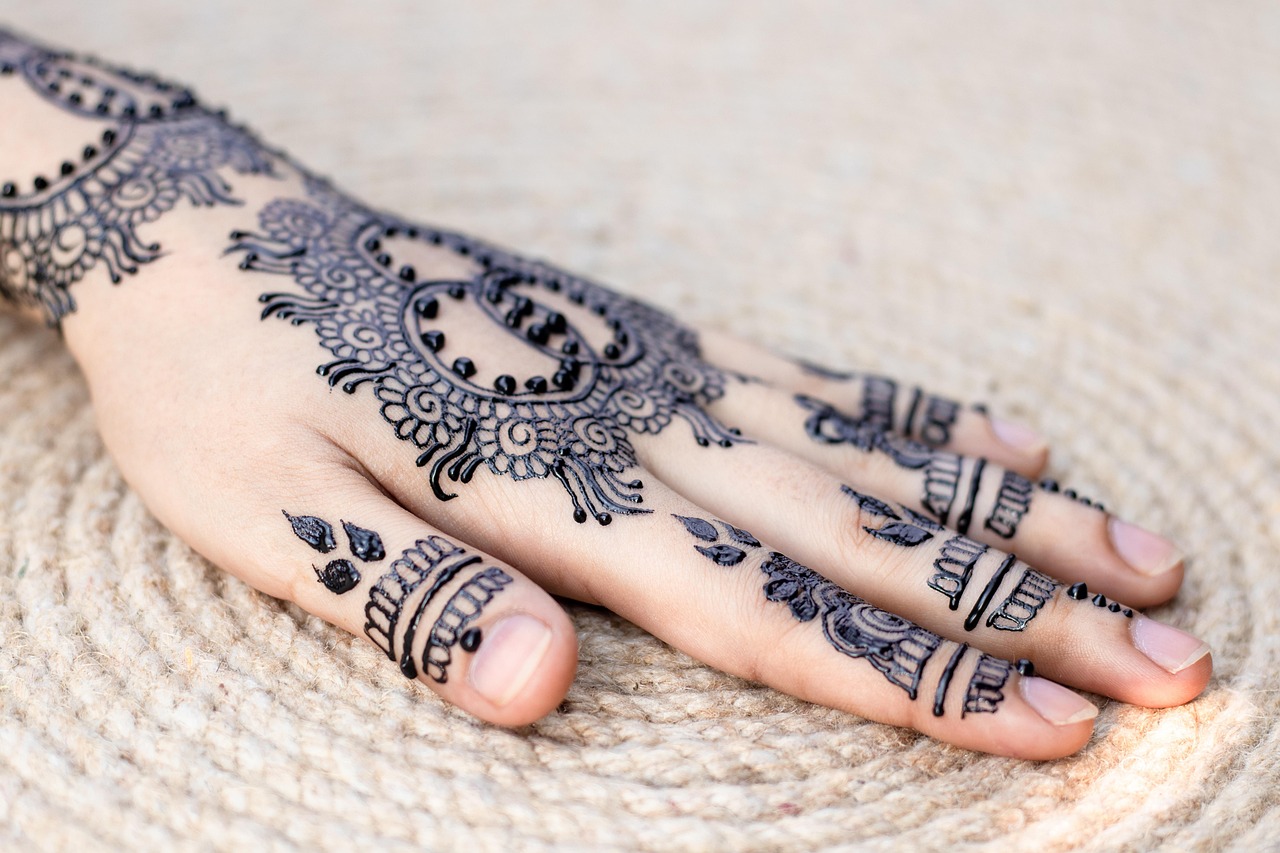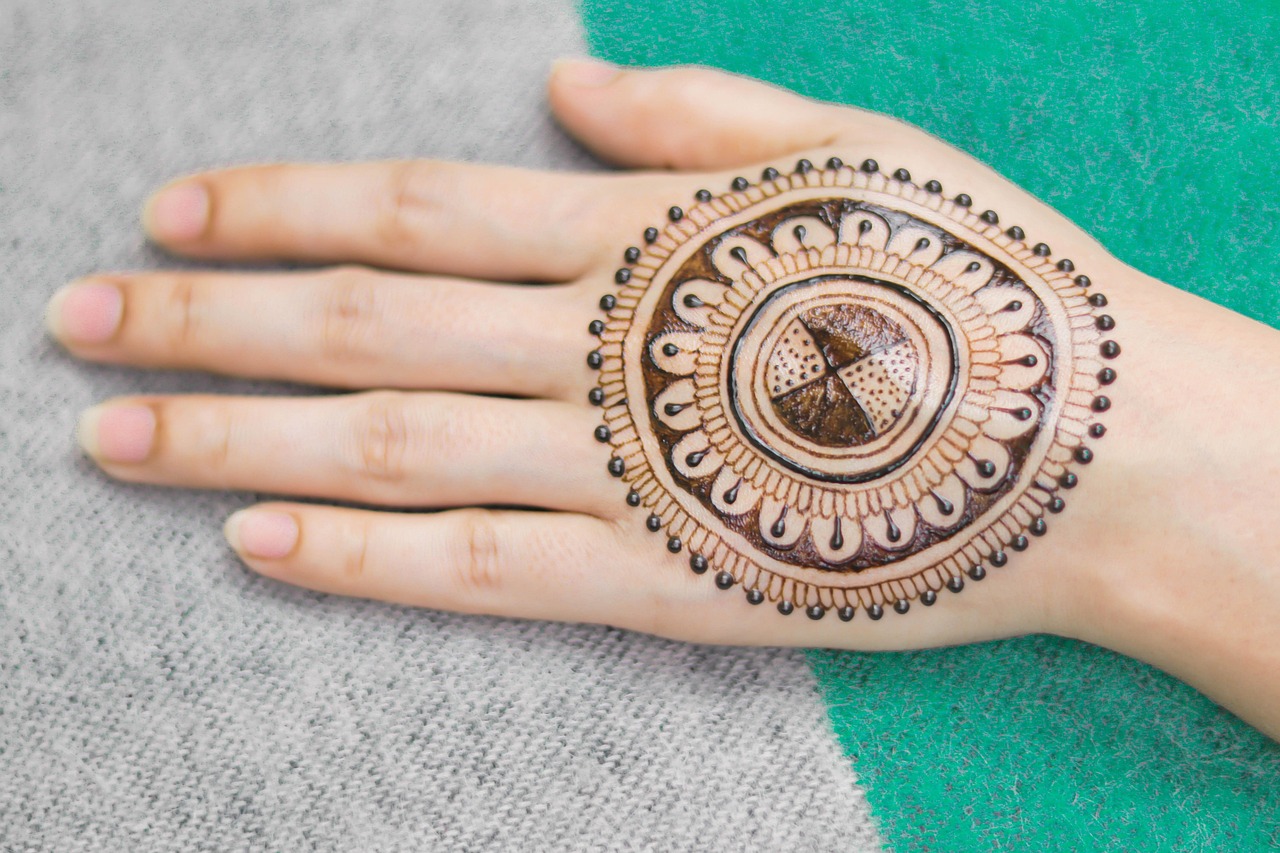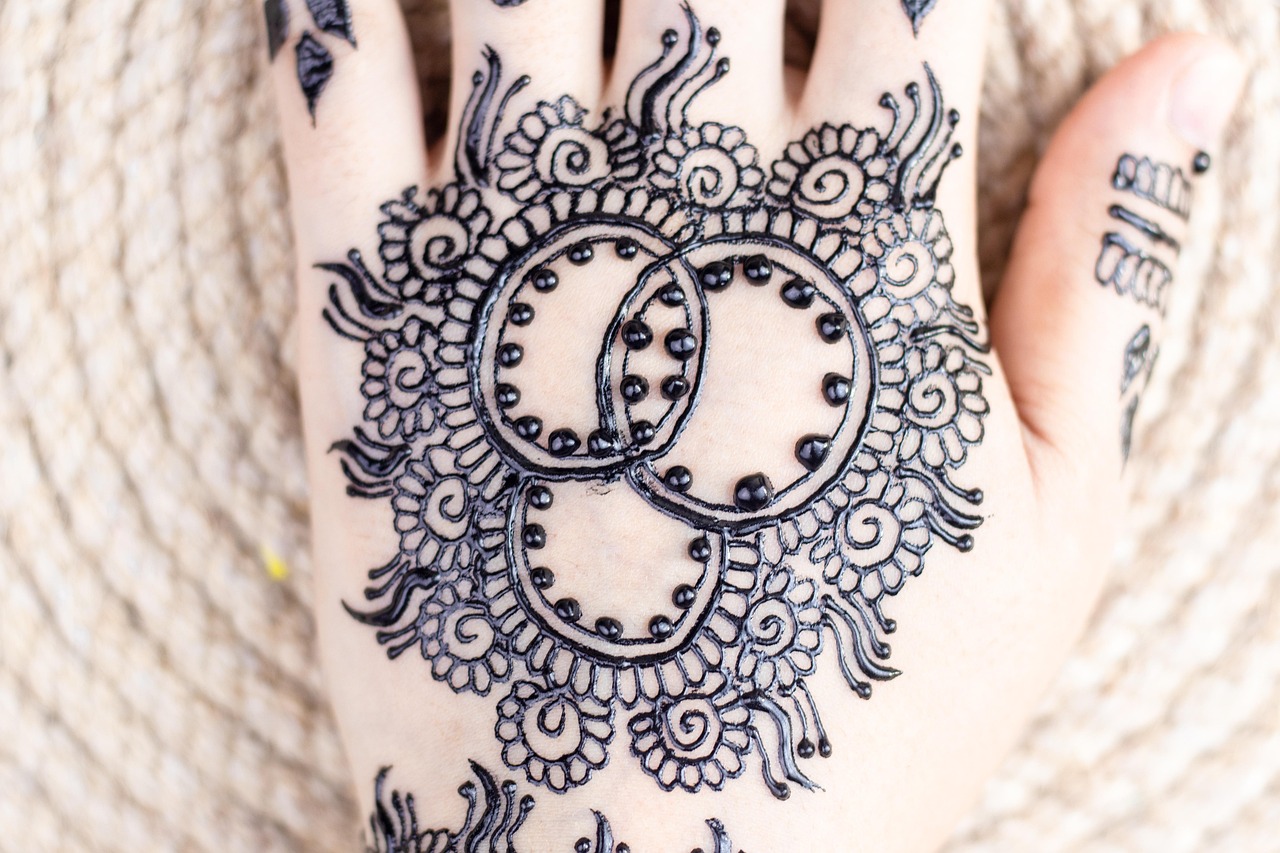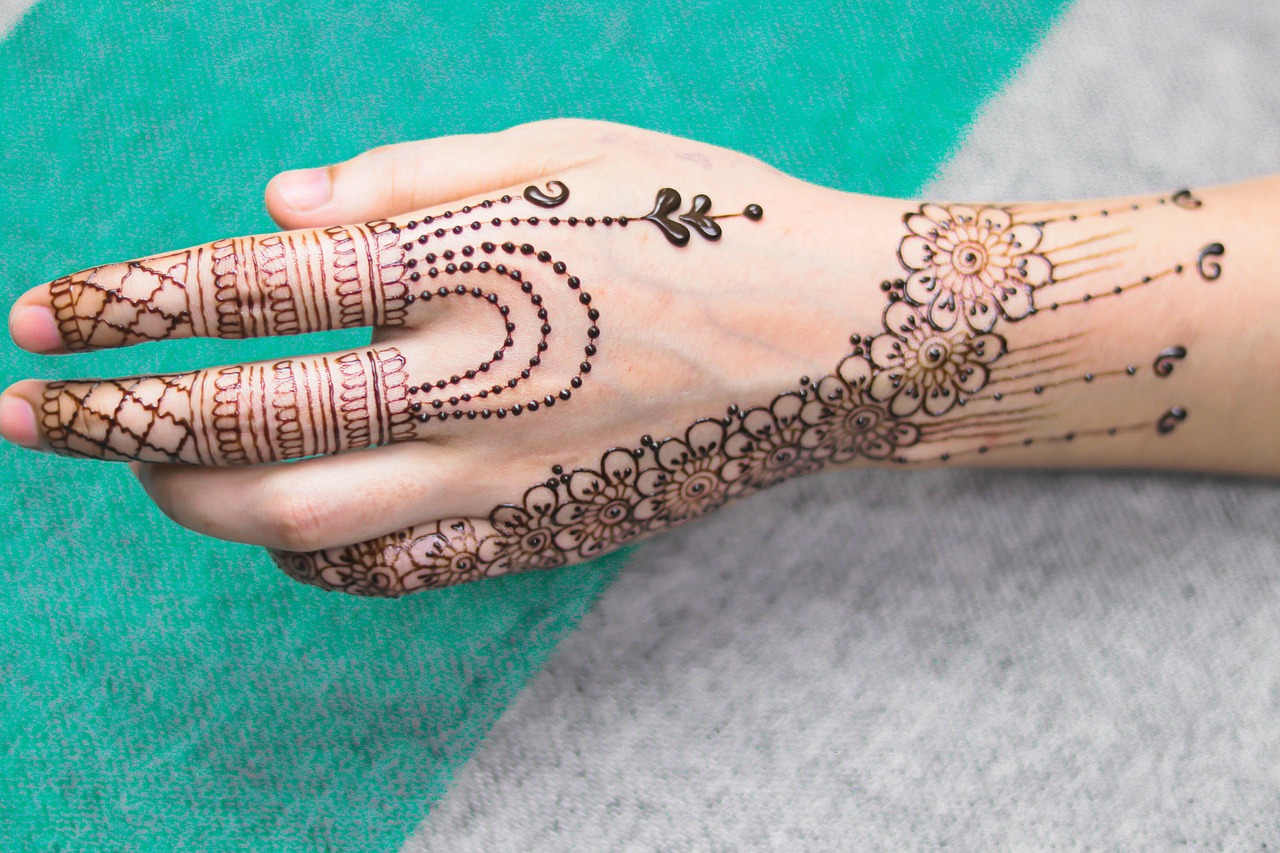Pakistani Front Hand Mehndi Design: A Beautiful Blend of Tradition and Art
Pakistani front hand mehndi design is celebrated worldwide for its intricate details and cultural significance. Whether it’s a wedding, Eid, or any festive occasion, these designs perfectly showcase the artistry and heritage of Pakistan. In this blog, we’ll explore key aspects of Pakistani front hand mehndi design, uncover helpful tips, and address common questions to simplify your quest for the perfect design.
Key Aspect of Pakistani Front Hand Mehndi Design
Pakistani mehndi designs are known for their unique combination of precision and charm, making them different from other styles. Typically, these designs feature bold outlines paired with delicate inner patterns, floral motifs, geometric shapes, and paisleys. The emphasis on symmetry, contrasted by negative space, makes the front hand designs truly mesmerizing.
What makes Pakistani front hand mehndi designs unique?
The uniqueness lies in the fusion of Arabic and Indian design elements. Unlike pure Arabic designs which focus on flowing, spaced-out patterns, Pakistani mehndi designs often incorporate compact details that balance elegance and complexity on the front hand. This interplay of bold and intricate enhances their aesthetic appeal, particularly for celebrations like weddings.
Historical Insight: The Cultural Relevance of Mehndi
Mehndi has been a vital part of South Asian culture for centuries. According to The British Council, henna art has roots in ancient traditions, symbolizing prosperity, joy, and protection in significant events like weddings.
Popular Trends in Pakistani Front Hand Mehndi Designs
Trends in Pakistani mehndi designs evolve continuously, keeping them fresh and exciting. Modern designs blend traditional elements with trendy motifs to create standout pieces. Popular trends include bracelet-style designs, minimalistic patterns for the inner palm, and mandalas combined with floral vines.
How can beginners choose a Pakistani front hand mehndi design?
Beginners can start with simple, easy-to-follow designs like a singular mandala or floral trails across the fingers. As you gain familiarity, you can experiment with more elaborate patterns that cover the entire palm and extend to the wrists.
Example: Simple vs. Advanced Designs
For instance, a beginner-friendly design might involve decorating the fingers alone with repetitive floral motifs, while advanced designs utilize complex weaves and interconnected patterns. Platforms like Instagram offer countless tutorials for both beginners and experienced artists.
Tips for Perfecting Your Pakistani Front Hand Mehndi Design
Creating an outstanding mehndi design might seem challenging, but with some practical tips, you can achieve immaculate results. Here are a few best practices to keep in mind:
- Always start with clean and dry hands to ensure smooth application.
- Use a fine-tipped cone for precise detailing.
- Practice drawing symmetrical shapes on paper before applying mehndi.
How can you make your mehndi last longer?
To make your mehndi stain darker and last longer, keep the applied design on your skin for at least 6-8 hours, and avoid using water immediately after removal. You can also apply a mixture of lemon juice and sugar while the henna is drying to intensify the color.
Expert Insight: Pro-Tip for Long-lasting Mehndi
According to professional mehndi artist Henna Caravan, wrapping the dried mehndi in tissue and keeping it overnight protects the design and enhances the stain’s quality.



